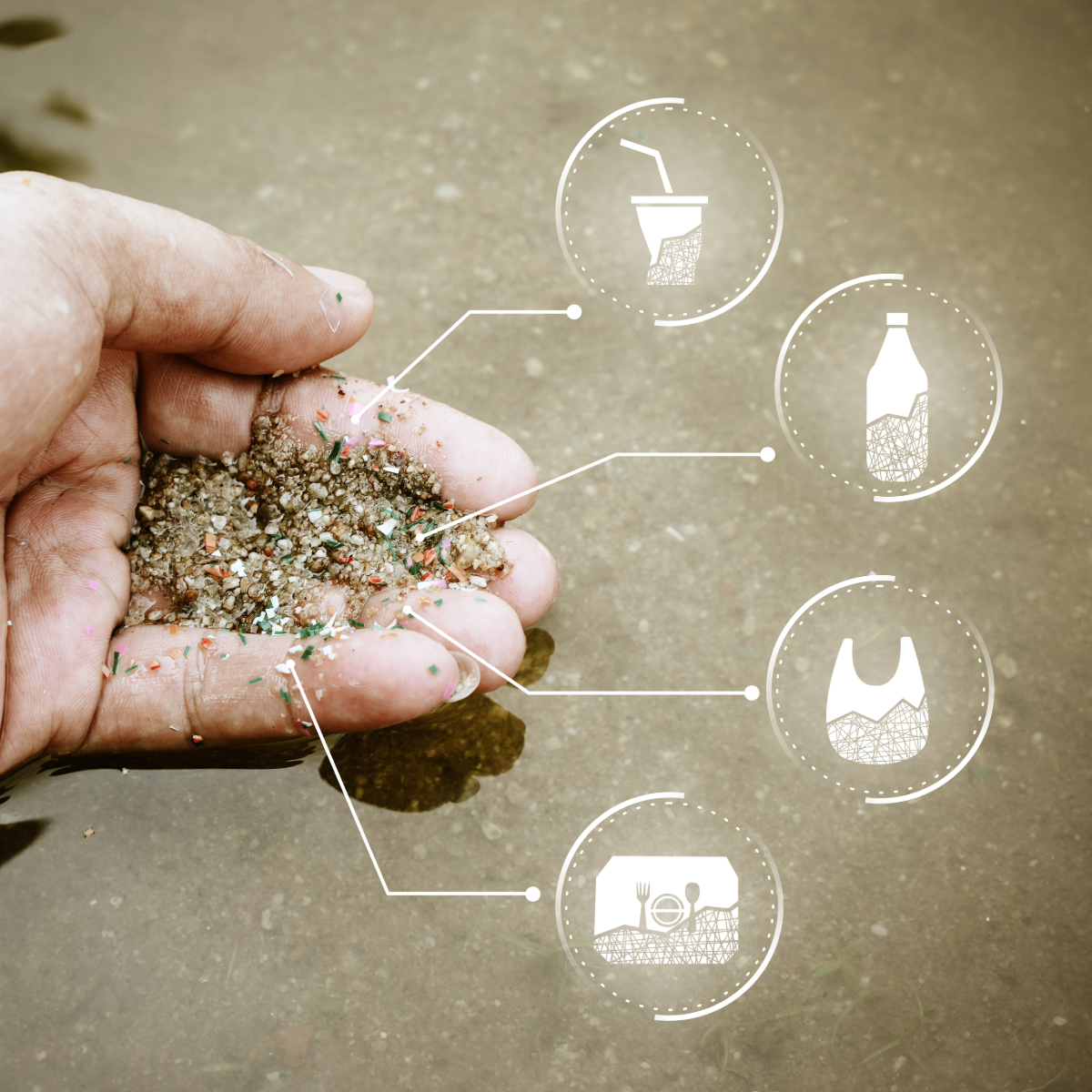Nature’s Generosity
Use & Value: Honoring Nature’s Generosity in the Pacific Northwest
As we step into another month of tending and observing, we are invited—again and always—to notice what nature offers freely. In the lush, breathing landscapes of Washington state, the fifth permaculture principle, Use & Value Renewable Resources & Services, invites us to pause, look closer, and honor what is already here.
This principle asks us to lean into the abundance surrounding us: the rainfall that nourishes, the fallen leaves that protect the soil, the plants that give generously season after season. It calls for reverence and restraint, for seeing resources not as things to be used up, but as partners in the dance of regeneration.
In the Pacific Northwest, where moss carpets old cedar stumps and salmon run through braided rivers, we are rich in natural services—if we only slow down enough to notice. Whether it’s the shade of a tree regulating microclimates, a patch of yarrow drawing in pollinators, or a cover crop fixing nitrogen for the season to come, our gardens are already supported by countless invisible allies. Permaculture reminds us to acknowledge this quiet abundance—and to give back in kind.
Sheet Mulching: A Simple Act of Respect
One of the most grounded ways we can honor this principle is through thoughtful mulching. The act may seem humble—laying down materials to suppress weeds and build soil—but it can be deeply regenerative when we choose wisely.
In permaculture, sheet mulching isn't just about keeping weeds at bay; it’s about feeding the soil, protecting its delicate structure, and encouraging life below the surface.
At Eco-Restore, we often guide clients through this process, helping them choose materials with care. Cardboard, stripped of tape and labels, is one of the quiet heroes of this practice—humble, often overlooked, yet profoundly effective. As it breaks down, it feeds soil microbes, encourages fungal networks, and softens compacted earth. Compare this to black plastic or landscape fabric, which may serve a short-term purpose but leave behind a legacy of microplastics and frustrated roots. Over time, these synthetic barriers often fail, allowing weeds to return stronger, while leaving behind damage we can’t see until it’s too late.
Growing Our Own Mulch: A Living Solution
We can also take this principle a step further and grow our own mulch. In warmer microclimates or protected pockets of the garden, lemongrass can be an unexpected ally. Though often thought of as tropical, lemongrass can be overwintered indoors or treated as an annual crop. Its tall, fragrant blades can be harvested and laid down in garden beds, offering not only weed suppression but a touch of beauty and intention.
Growing mulch is a powerful expression of the fifth principle: it transforms our gardens from consumers of external inputs into producers of their own fertility. Even more, plants like lemongrass bring medicinal and culinary value to the table, blurring the lines between beauty, function, and nourishment.
Other mulch-worthy plants that thrive in Washington include comfrey, rhubarb, and deciduous shrubs whose autumn leaves blanket the soil in natural armor. These are renewable resources—regrowing, reseeding, returning.
A Sacred Exchange
Permaculture, at its heart, is about relationships. To use and value renewable resources is to participate in a sacred exchange. We receive, and we return. We harvest, and we restore. In every choice—mulch or plastic, seed or sod, compost or chemical—we shape the story of our gardens and our ecosystems.
At Eco-Restore, we walk alongside gardeners and stewards who want their spaces to reflect this deeper ethic. Whether you're looking to replace landscape fabric with a more regenerative solution, explore composting systems, or learn how to build healthy soil naturally, we’re here to help. We offer garden visits, coaching, and customized designs rooted in permaculture wisdom and adapted to our unique regional rhythms.
Together, we can create spaces that not only grow food and flowers but grow hope, harmony, and healing.
Let this month be one of noticing: what is already growing, already giving, already enough? Let it be one of choosing materials and methods that are kind to the land, and kind to the generations yet to come.




